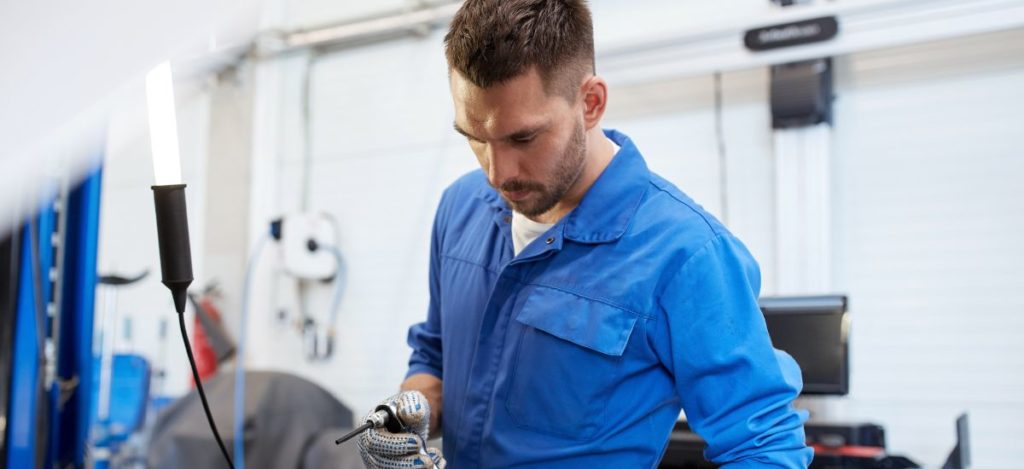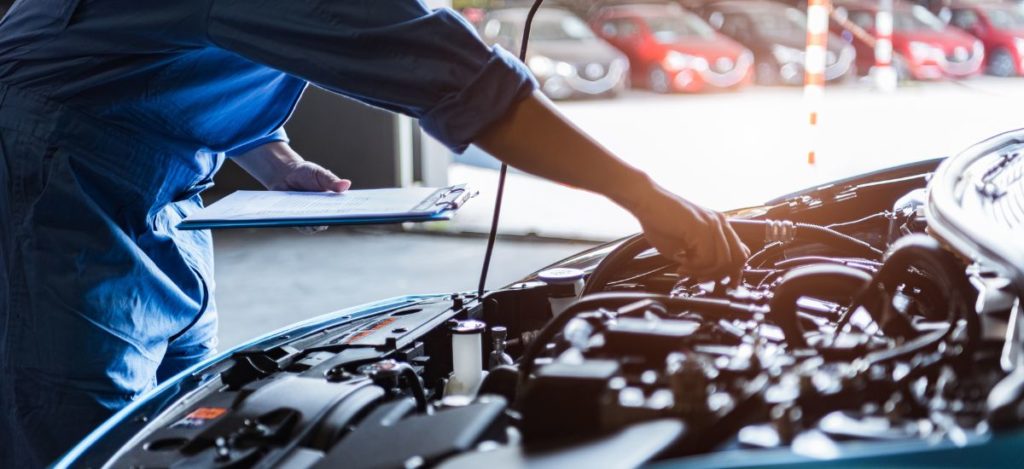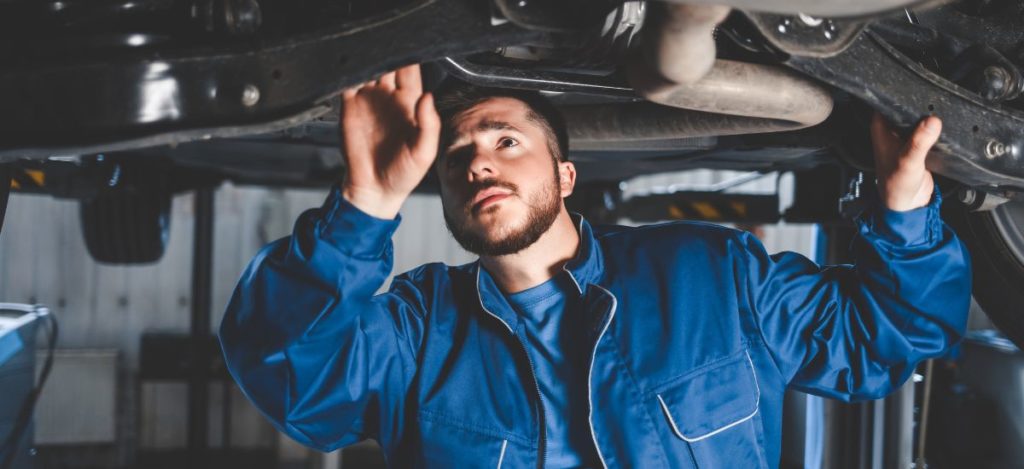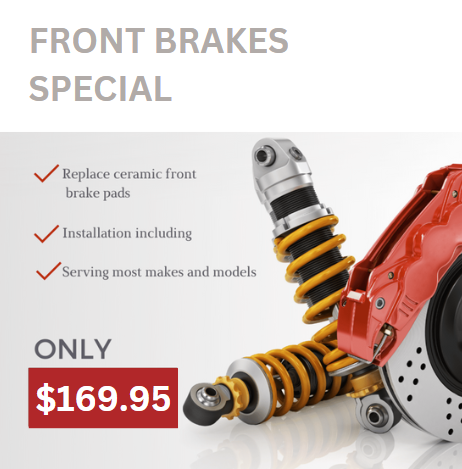Understanding Brake Systems: A Comprehensive Guide by Dr Brakes
When it comes to your vehicle’s safety, few systems are as crucial as the brake system. Understanding how your brake system works is essential whether you’re a seasoned automotive enthusiast or a first-time car owner.
In this comprehensive guide, we’ll delve deep into the intricate world of brake systems, exploring everything from the brake pedal to modern ABS technology. Dr. Brakes is here to break it down for you, piece by piece.
The Basics: How the Brake System Works
The brake system in your car is a complex network of components that work together to slow down and stop your vehicle when needed. At its core, the brake system converts kinetic energy (the energy of motion) into heat energy through the friction between various brake components. This transformation of energy allows your car to come to a controlled stop.
Brake Pedal and Master Cylinder
It all starts with the brake pedal. When you press the brake pedal with your foot, you initiate a chain reaction. The force applied to the pedal is transferred to the master cylinder, a critical brake system component.
The master cylinder is a hydraulic pump that generates hydraulic pressure when you press the brake pedal. This pressure is transmitted through the brake lines to the various brake components, enabling them to do their job.

Drum Brakes vs. Disc Brakes
Before going any further, let’s explore the two primary brakes in vehicles today: drum and disc.
Drum Brakes:
- Brake Shoes and Brake Drum: In a drum brake system, you’ll find brake shoes that are pushed against the inside of a brake drum. This friction between the shoes and drum creates the necessary resistance to slow down or stop the vehicle.
- Hydraulic Pressure and Wheel Cylinder: The hydraulic pressure generated by the master cylinder is used to push the wheel cylinder’s pistons outward, causing the brake shoes to press against the drum.
Disc Brakes:
- Brake Pads and Rotor: Brake pads are squeezed against a spinning rotor (a flat, circular metal disc) in a disc brake system. This generates friction, slowing down the vehicle.
- Caliper and Hydraulic Pressure: A caliper, equipped with a piston, squeezes the brake pads against the rotor. Hydraulic pressure from the master cylinder activates this caliper.
How Brake Systems Work
Friction and Heat Generation
The basic principle of any brake system revolves around friction. When the brake components, whether shoes against a drum or pads against a rotor, come into contact with one another, friction is generated. This friction transforms kinetic energy into heat energy, slowing down the vehicle.
Hydraulic Pressure and Brake Fluid
Hydraulic pressure is crucial in transmitting force from the brake pedal to the brake components. This pressure is facilitated by the brake fluid, a specialized hydraulic fluid designed to withstand extreme temperatures and conditions. Brake fluid is stored in the master cylinder and flows through the brake lines to reach the brakes at each wheel.
Modern Advancements: Anti-Lock Brake System (ABS)
In modern cars, the brake system has seen significant advancements, and one of the most notable is the Anti-Lock Brake System (ABS). ABS is designed to prevent wheel lockup during hard braking, allowing the driver to maintain steering control, even in slippery conditions.
ABS uses sensors to monitor wheel speed. When a wheel is about to lock up (resulting in a skid), the ABS modulates the hydraulic pressure to that wheel, reducing the chances of skidding and improving overall stability.
The Advantages and Disadvantages of Different Brake Systems
Drum Brakes
Advantages:
- Cost-Effective: Drum brake systems are generally less expensive to manufacture and maintain.
- Simplicity: They have fewer components, making them easier to repair for DIY enthusiasts.
- Self-Adjusting: Drum brakes have a self-adjusting mechanism that keeps the brake shoes at the optimal distance from the drum.
Disadvantages:
- Heat Dissipation: Drum brakes are less effective at dissipating heat than disc brakes, which can lead to reduced braking performance during prolonged or heavy use.
- Performance: They tend to provide less stopping power and can be prone to fading under heavy braking.
Disc Brakes
Advantages:
- Heat Dissipation: Disc brakes are excellent at dissipating heat, making them ideal for high-performance and heavy-duty applications.
- Stopping Power: They provide superior stopping power and are more effective in emergency braking situations.
- Durability: Disc brakes tend to last longer and perform consistently over their lifespan.
Disadvantages:
- Complexity: Disc brake systems are more complex and can be costlier to repair or replace.
- Weight: They can be heavier than drum brake systems, sometimes impacting fuel efficiency and handling.
Brake Booster and Power Brakes
Most modern vehicles are equipped with a brake booster to enhance braking performance and reduce the effort required on the brake pedal. The brake booster uses engine vacuum or hydraulic pressure to assist in applying the brakes. This technology ensures that even with a gentle push on the brake pedal, you can effectively bring your vehicle to a stop.
Brake Safety Tips
Safety should always be a top priority when dealing with brake systems. Here are some essential safety tips when working on your vehicle’s brakes.
Use Proper Tools and Equipment – Always use the correct tools and safety equipment when working on your brakes. This includes jack stands, wheel chocks, and gloves.
Follow Manufacturer Instructions – When performing brake maintenance or upgrades, follow the manufacturer’s instructions carefully. This ensures that components are installed correctly and safely.
Test Your Brakes – After brake work, take your vehicle for a test drive in a safe, open area to ensure the brakes function correctly before returning to normal road conditions.
Common Issues and Maintenance
Understanding your brake system also means being aware of common issues that may arise and the importance of regular maintenance. Here are some of the key problems to watch out for:
Brake Fluid Leaks – Brake fluid leaks can occur due to damaged brake lines, seals, or calipers. If you notice a puddle of brake fluid under your car or experience a spongy brake pedal, it’s essential to address the issue promptly.
Brake Pad and Rotor Wear – Brake pads and rotors wear down over time, and monitoring their condition is crucial. Squeaking or grinding noises when braking are common indicators that replacing these components is time.
Brake Line Corrosion – Brake lines are often exposed to harsh environmental conditions, which can lead to corrosion. Rusty brake lines can weaken and eventually fail, compromising your braking system’s integrity.
ABS Sensor Malfunctions – ABS sensors can become dirty or damaged, leading to inaccurate readings and potential malfunctions. Regular cleaning and inspection can help prevent these issues.
Brake Caliper Issues – Brake calipers can seize due to corrosion or a lack of lubrication. This can cause uneven brake pad wear and reduced braking performance.
Regular Brake System Maintenance – To keep your brake system in top shape, following a regular maintenance schedule is essential. This includes checking and replacing brake fluid, inspecting and replacing brake pads and rotors as needed, and ensuring all brake components are in good condition.
Conclusion: Keeping Your Brakes in Top Shape
Understanding your car’s brake system is enlightening and critical for your safety on the road. From the humble brake pedal to the advanced ABS technology in modern cars, every component plays a vital role in ensuring your vehicle stops reliably and under control.
Regular maintenance and prompt attention to any issues are key to keeping your brake system in top shape and ensuring your safety. By regularly checking and replacing brake fluid, inspecting brake lines for wear or corrosion, addressing any issues with brake calipers or sensors, and conducting routine maintenance; you can ensure that your brakes are in optimal condition.
Not only will this give you peace of mind while driving, but it will also provide you with the confidence to handle emergencies effectively. A well-maintained brake system lets you stop your vehicle quickly and safely, preventing accidents and potential injuries.

Frequently Asked Questions
What is the purpose of a brake rotor in a car’s brake system?
A brake rotor is a crucial component of a car’s brake system. The disc-shaped part rotates with the wheel and is located on both the front and rear wheels. When you apply the brakes, brake pads clamp onto the brake rotor’s surface to create friction, slowing down the vehicle.
How do antilock brakes (ABS) affect the function of a car’s brake system?
Antilock brakes (ABS) are a safety feature that prevents the wheels from locking up during hard braking. ABS systems modulate brake pressure to each side of the rotor, allowing for better control and preventing skidding.
Can I inspect the inside of the drum brakes on my car’s rear wheels myself?
Inspecting the inside of drum brakes, especially for the rear wheels, can be challenging for a first-time DIYer. It often requires removing the wheel and drum to access the components inside. If you need to become more experienced, it’s advisable to seek professional assistance.
What should I do if I notice uneven wear on the front wheels’ brake rotors?
Uneven wear on the front wheels’ brake rotors may indicate a problem with your car’s brake system. It’s essential to have this issue addressed by a qualified mechanic promptly to ensure the safety and proper functioning of your brakes.
How thick should a typical brake rotor be in inches, and when should it be replaced?
Brake rotor thickness can vary depending on the make and model of your vehicle. However, a general rule of thumb is that a brake rotor should be replaced if it measures less than the manufacturer’s specified minimum thickness, typically in inches. Regular brake inspections will help you determine when replacement is needed to maintain optimal braking performance and safety.



